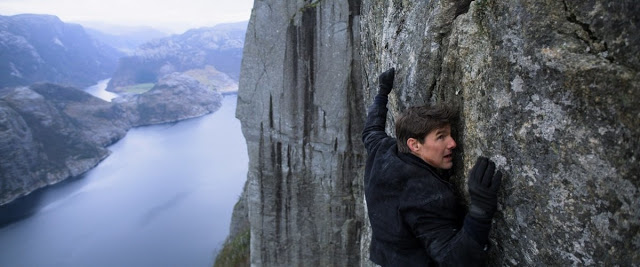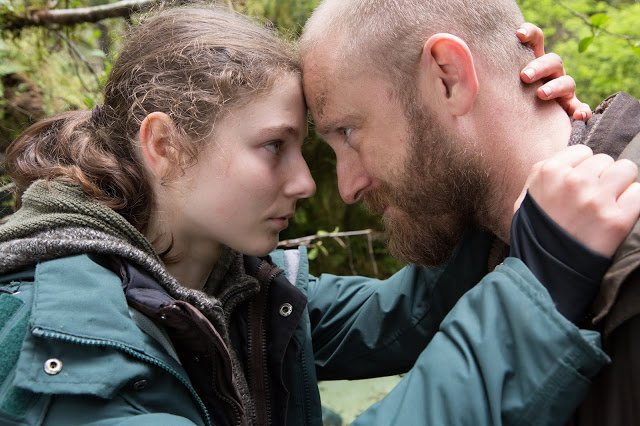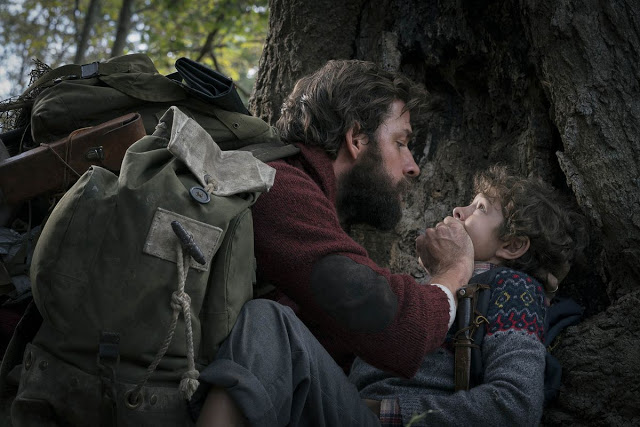Mission: Impossible—Fallout: Run! Jump! Amaze! Defy Death and Sense!
In a movie as relentlessly loud as Mission: Impossible—Fallout—a boisterous extravaganza full of screeching tires, whirring rotors, and crackling gunfire—one of the most gripping scenes takes place in virtual silence; the only sound is supplied by Lorne Balfe’s score, which suddenly drops its pounding percussion in favor of weeping strings. Ethan Hunt (Tom Cruise, duh), eternal superagent and mayhem magnet, is spearheading a raid to extract a prisoner from an armored police convoy. It’s a brisk and bloody sequence, full of bullets whizzing through the air and bodies crashing to the ground.
It’s also a feint; turns out, Ethan was just listening to someone else’s plans for the raid and envisioning it in his mind. But he conceives of a smarter and less lethal way of executing the snatch-and-grab, at which point the film rolls the sequence again, resulting in yet another bravura set piece that begins as a similarly efficient incursion but then transforms into a sprawling vehicular chase. You may think of the initial fakeout as a cheat, but I prefer to view it as a distillation of this glorious franchise’s maximalist ethos. The raison d’être of the Mission: Impossible movies is a bit like the first rule of government spending: Why make one amazing action sequence when you can make two for twice the price? Read More





